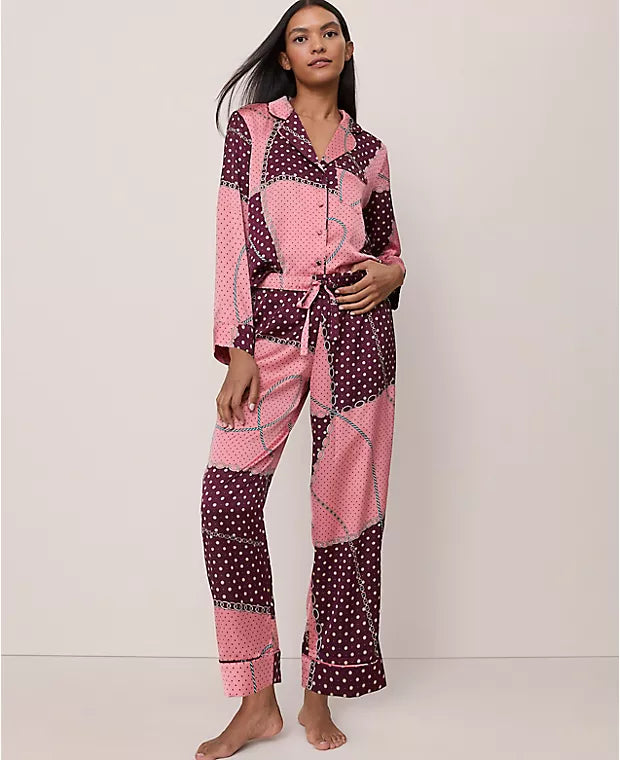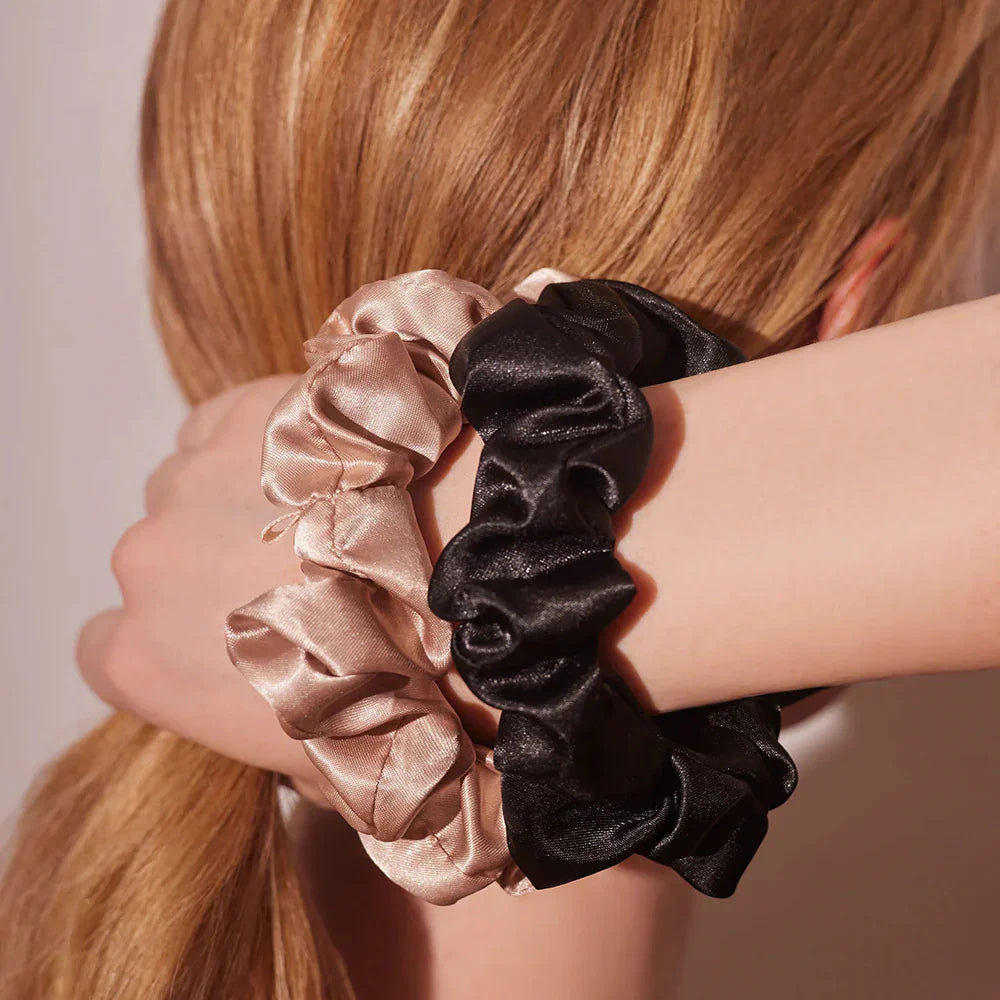Best Fabrics for Sensitive Skin: Soft Gentle Materials

Best Fabrics for Sensitive Skin: Comfort That Loves Your Skin
If your skin reacts easily to certain clothing materials, you’re not alone. Choosing the best fabrics for sensitive skin can make a world of difference in your daily comfort. The right material feels soft, breathable, and soothing, while the wrong one can lead to irritation, redness, or itching. Let’s explore which fabrics are the most skin-friendly, which ones to avoid, and what makes them ideal for sensitive skin.
Understanding Sensitive Skin and Fabric Choice
Sensitive skin reacts quickly to rough textures, harsh dyes, and synthetic fibers that trap heat or moisture. The best fabric for skin is one that keeps you cool, dry, and irritation-free. Natural, breathable materials are often gentler because they allow your skin to breathe while reducing friction.
1. Cotton: Naturally Gentle and Breathable
Cotton is widely regarded as the best material for sensitive skin because of its softness and breathability. It’s a natural fiber that allows air circulation, helping prevent sweat buildup that can aggravate irritation.
Why it’s great:
-
Hypoallergenic and non-irritating
-
Absorbs moisture and keeps skin dry
-
Soft against the skin, truly one of the softest materials on skin
For people with eczema or easily irritated skin, organic cotton (grown without pesticides or chemicals) is an even better choice.
2. Bamboo: Smooth and Naturally Antibacterial
Bamboo fabric has become a top pick among fabrics for sensitive skin thanks to its silky texture and cooling feel. It’s lightweight, breathable, and naturally resistant to odor-causing bacteria.
Why it’s great:
-
Ultra-soft and moisture-wicking
-
Helps regulate temperature
-
Sustainable and eco-friendly
Bamboo’s smooth fibers reduce friction, making it a soothing choice for those with delicate or inflamed skin.
3. Silk: Luxuriously Smooth and Hypoallergenic
If you’re looking for the softest material on skin, silk is hard to beat. This natural protein fiber glides over the skin, minimizing irritation. It’s also naturally hypoallergenic, repelling dust mites and mold, a bonus for allergy-prone individuals.
Why it’s great:
-
Silky texture prevents friction and chafing
-
Naturally regulates temperature
-
Ideal for nighttime wear and bedding
Silk pillowcases and lingerie are excellent for those with highly reactive skin.
4. Lyocell (Tencel): Eco-Friendly and Gentle
Lyocell, also known as Tencel, is a semi-synthetic fiber made from wood pulp. It’s smooth, breathable, and incredibly soft, making it one of the best fabrics for sensitive skin.
Why it’s great:
-
Feels cool and smooth like silk
-
Biodegradable and eco-friendly
-
Moisture-wicking to prevent skin irritation
Its closed-loop manufacturing process makes Lyocell both sustainable and safe for skin contact.
5. Modal: Lightweight and Breathable
Modal is another skin-friendly fiber derived from beech trees. It’s lightweight, breathable, and has a smooth texture that feels gentle against sensitive skin.
Why it’s great:
-
Ultra-soft and silky finish
-
Absorbs moisture efficiently
-
Excellent for undergarments and loungewear
Modal’s breathability and smoothness make it one of the best materials for sensitive skin, especially for everyday wear.
Is Viscose Good for Sensitive Skin?
Many people wonder, “Is viscose good for sensitive skin?”
Viscose, like modal and lyocell, is made from plant-based cellulose. While it’s soft and breathable, it depends on the finishing process. Pure viscose can be comfortable, but when chemically treated or blended with synthetics, it may cause irritation. If you have highly reactive skin, choose high-quality viscose or opt for bamboo or cotton alternatives.
Worst Fabric for Sensitive Skin
Just as there are great options, there are materials to avoid. The worst fabric for sensitive skin typically includes:
-
Polyester and nylon: Trap heat and moisture, increasing irritation.
-
Wool: Can feel itchy and coarse, even in fine weaves.
-
Synthetic blends: Often treated with dyes or finishes that irritate the skin.
These fabrics can cause friction, overheating, or allergic reactions, all of which are problematic for sensitive skin.
Final Thoughts
Finding the best fabrics for sensitive skin starts with choosing natural, breathable fibers that prioritize softness and airflow. Cotton, bamboo, silk, lyocell, and modal are all gentle choices that keep your skin cool and comfortable. Avoid harsh synthetics, and always opt for high quality, chemical-free textiles that let your skin breathe naturally.


